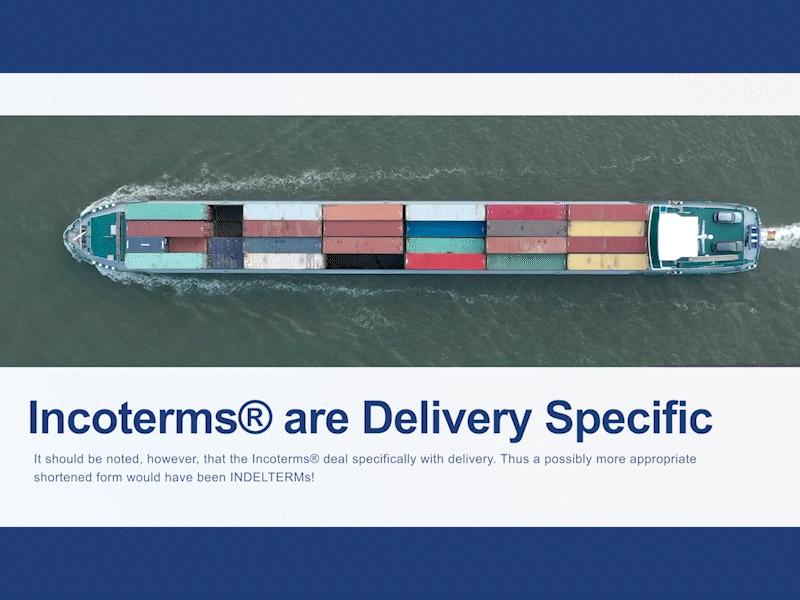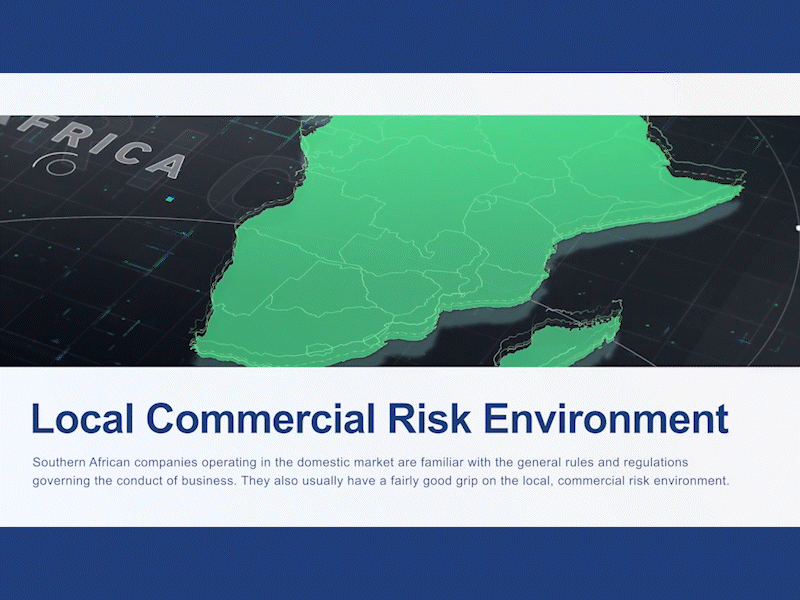Devising an optimal marketing mix has traditionally involved finding the right combination of the “Four Ps” of marketing: Product, Price, Place and Promotion, and is an essential part of an export marketing plan. In the case of international marketing, ‘Place’ refers to in-market channels of distribution.
With the passing of time, additional Ps have been added to the marketing mix to ensure its relevance in today’s world. Amongst these new Ps, are ‘People’ and ‘Planet’. We will now unpack the international marketing mix and explore the most important Ps.
The purpose of a marketing mix is to find the optimal combination of all the P factors to ensure that your product will be considered appealing (Product) and good value for money (Price) by your target market, as well as being readily available (Place) and highly visible (Promotion).
International Marketing Product Considerations
How well a product is received in a foreign market is influenced by numerous social and economic factors. Typically, any required product adaptation will fall into one of two categories:
Mandatory Product Adaptations – These product changes will be related to different climatic conditions, and the need for compliance with national/international technical standards and other country-specific legal requirements, such as labelling regulations.
Discretionary Product Adaptations – These product changes are influenced by variations in consumer tastes, and differing levels of disposable income, education and technical competence.

International Marketing Price Considerations
Price considerations are typically influenced by the company’s international marketing objectives, the type of product sold, the stage of the product’s life cycle, the level of competition in the marketplace and the stability of the local currency. There is a plethora of options here that may change from time to time, depending on company performance and profits.
Promotion
Your international marketing promotional activities will be influenced by the same factors that affect your local promotion but in a different regional context. This is why it is important to always consider the international environment, i.e. the cultural, ethnic, economic and regulatory idiosyncrasies of each target market.
Place
Also known as international distribution, ‘Place’ refers to foreign market channels of distribution. These are responsible for the movement of goods from their initial entry point in the market to the consumer (end-user) or buying company (in the case of industrial products) via agents, distributors, and – in the case of consumer products, also wholesalers and retailers.
People
The idea here is to convince your buyers that you care about the people who are directly responsible for your company’s success. Typically, these people will fall into one of the following categories:
- Company Employees
- Company Customers
- The Community in which you operate
This people-centric approach to business is generally termed Corporate Social Responsibility or CSR and has become an increasingly important ‘P’ in more developed markets.

Planet
Also known as environmental accountability, taking care of ‘Planet Earth’ is fast becoming an essential consideration in the international marketing mix. Buyers are concerned with climate change and the impact that the product, and the operations of the company that produces it, may have on the international environment. Environmental accountability strategies range from the use of non-harmful raw materials and clean energy in production processes, to ensuring that all packaging is either biodegradable or recyclable.
In this article we touched on the international marketing mix and the essential P’s that make up its component parts. To help you put your export marketing plan together, Trade Forward Southern Africa, in collaboration with the International Trade Institute of Southern Africa (ITRISA), has created a comprehensive online training course that provides invaluable training on international marketing to all those companies contemplating expansion into international markets. Click the links below to sign up for free and get started.
To sign up to the School of Export CLICK HERE.
If you already have a profile, CLICK HERE to login to begin the module.










Leave a Reply